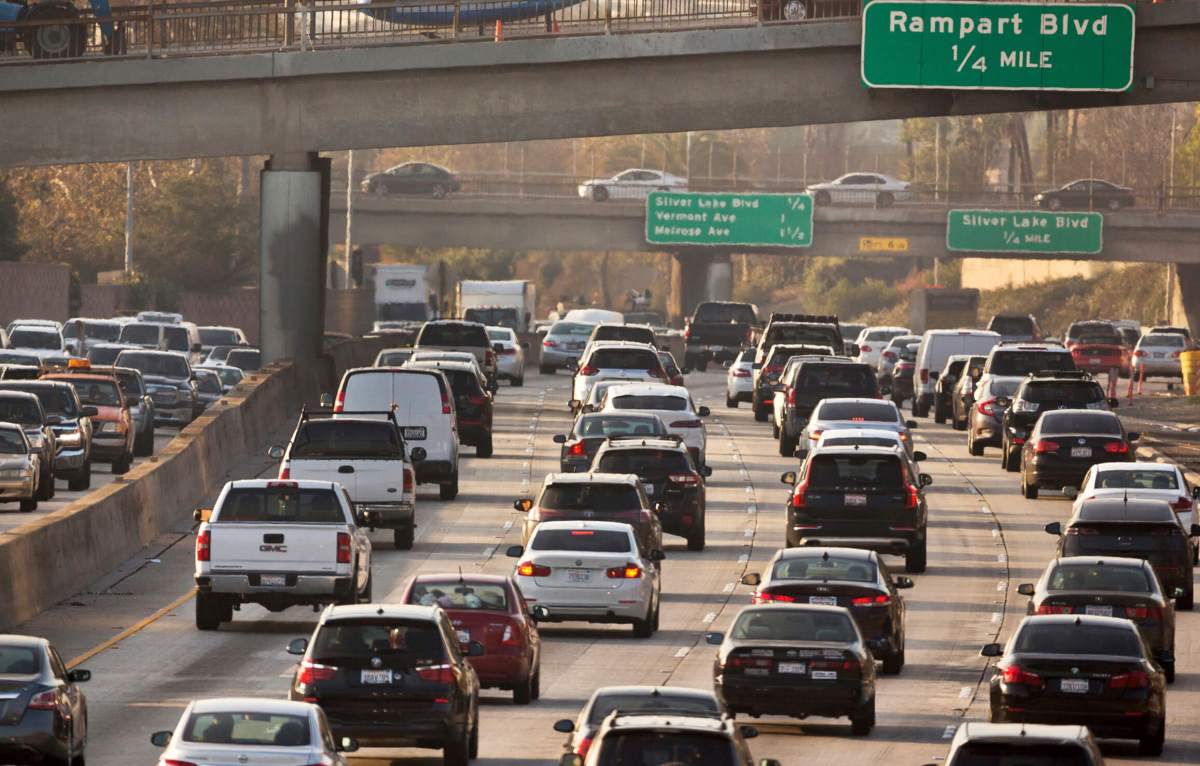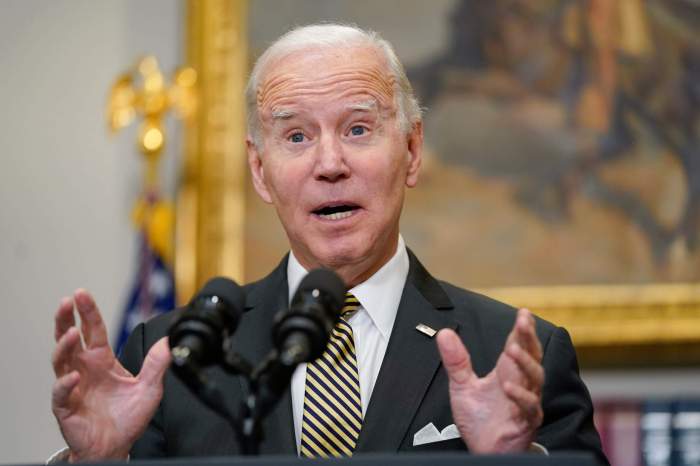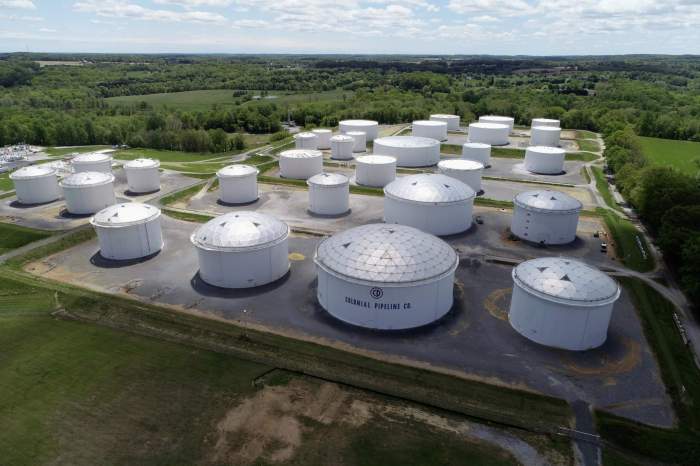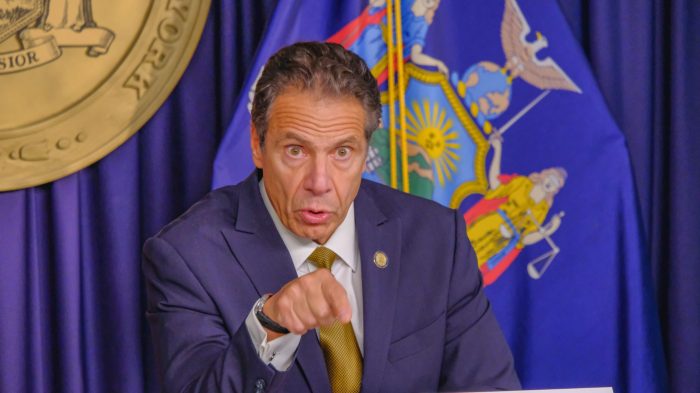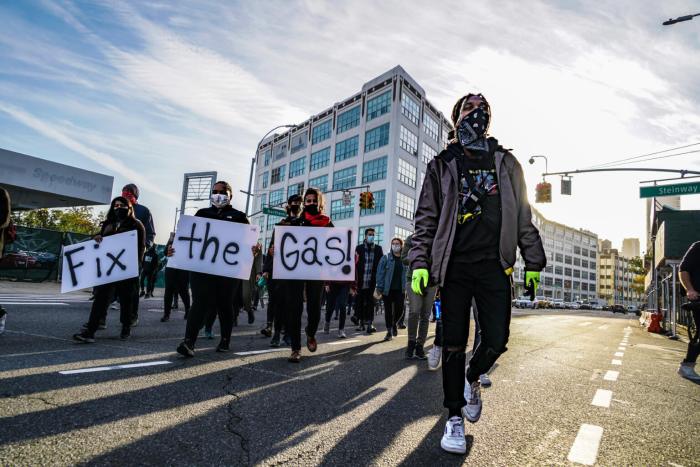The U.S. government wants to raise the fuel economy of new vehicles 18% by the 2032 model year so the fleet would average about 43.5 miles per gallon in real world driving.
The proposed numbers were released Friday by the National Highway Traffic Safety Administration, which eventually will adopt final mileage requirements.
Currently the fleet of new vehicles must average 36.75 mpg by 2026 under corporate average fuel economy standards adopted by the administration of President Joe Biden, who reversed a rollback made by former President Donald Trump.
The highway safety agency says it will try to line up its regulations so they match the Environmental Protection Agency’s reductions in greenhouse gas emissions. But if there are discrepancies, automakers likely will have to follow the most stringent regulation.
In the byzantine world of government regulation, both agencies essentially are responsible for setting fuel economy requirements since the fastest way to reduce greenhouse emissions is to burn less gasoline.
“I want to make clear that EPA and NHTSA will coordinate to optimize the effectiveness of both agency standards while minimizing compliance costs,” NHTSA Acting Administrator Ann Carlson said.
A large auto industry trade group which includes General Motors, Toyota, Ford, Stellantis and others said requirements from the agencies should be lined up. “If an automaker complies with EPA’s yet-to-be-finalized greenhouse gas emissions rules, they shouldn’t be at risk of violating CAFE rules (from NHTSA) and subject to civil penalties,” John Bozzella, CEO of the Alliance for Automotive Innovation, said in a statement.
However the alliance has said the EPA’s proposed cut in carbon emissions will require a huge increase in electric vehicle sales that’s not attainable by 2032. The EPA says the industry can reach the greenhouse gas emissions goals if 67% of new vehicles sold in 2032 are electric. Currently, EVs make up about 7% of new vehicle sales.
NHTSA said its proposal includes a 2% annual improvement in fuel mileage for passenger cars, and a 4% increase for light trucks. It’s proposing a 10% improvement per year for commercial pickup trucks and work vans. Automakers can meet the requirements with a mix of electric vehicles, gas-electric hybrids and efficiency improvements in gas and diesel vehicles.
The agency says the new regulations will save more than $50 billion on fuel over the vehicles’ lifetimes and save more than 88 billion gallons of gasoline through 2050 if NHTSA’s preferred alternative is adopted. The standards would cut new-vehicle fuel consumption nearly in half by the 2035 model year, and benefits will exceed costs by $18 billion, the agency said.
NHTSA will take comments from the public for 60 days before drafting a final regulation.



